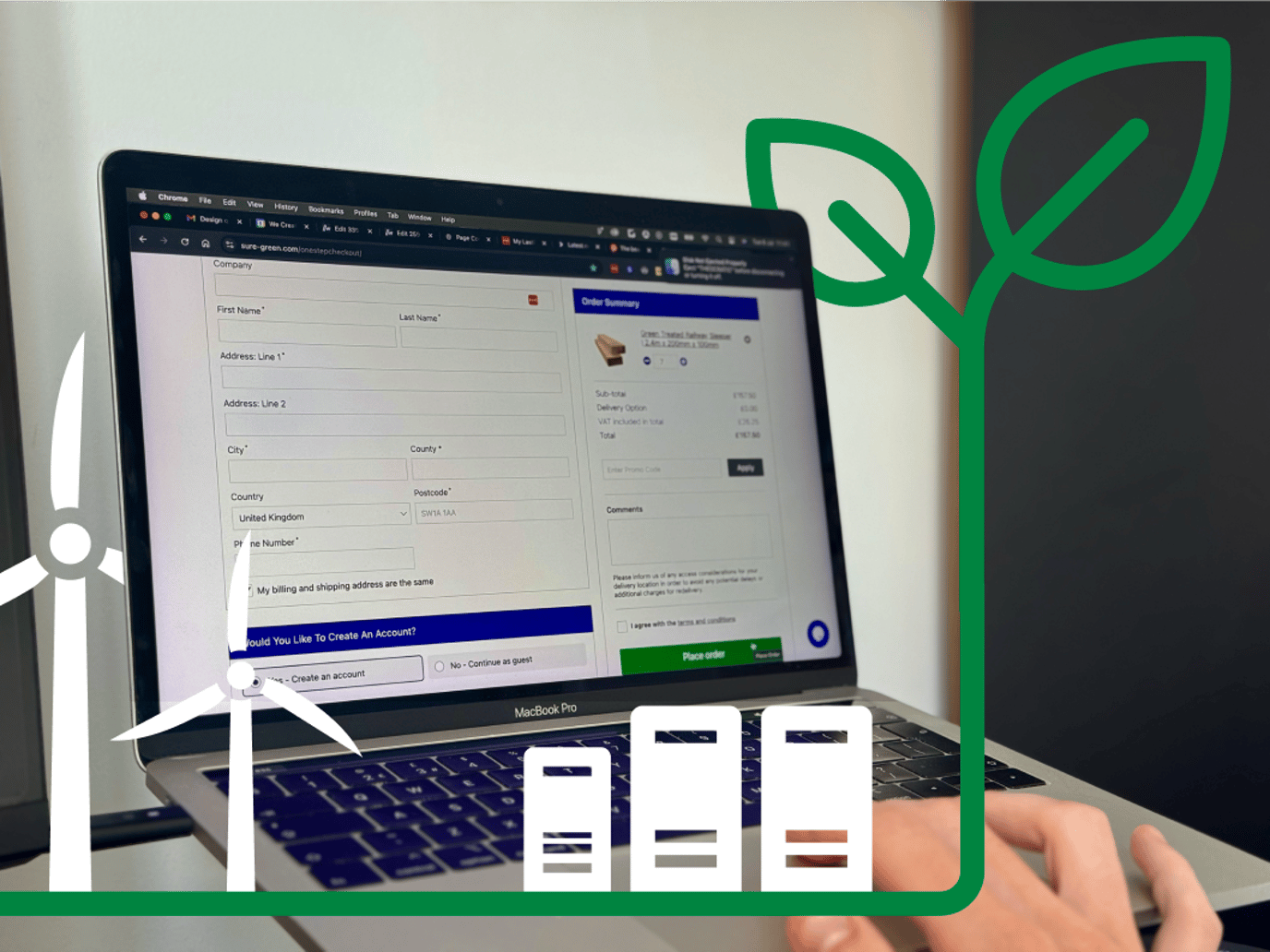Not all decline is loud - some of it slips by quietly, until we forget what “good” looks like.

I came across a new term recently: shifting baseline syndrome. It’s been stuck in my head ever since.
Put simply, it describes how our sense of what’s “normal” in the natural world gradually changes over time, usually for the worse.
- What we call a “healthy” environment today, previous generations might see as degraded
- What we consider degraded now, future generations may see as normal
This happens because:
- We don’t have first-hand memory of what came before
- We rarely notice slow, incremental decline
- Data gets lost or ignored
You can see it everywhere:
- How many birds can you name compared to your parents?
- How many insects did you see regularly as a child versus what your children see?
While all or most of us are aware of the big issues facing our environment, there are many ways that our “normal” is getting worse more quietly, and contributing to the wider problem. That is the big challenge – where it is happening without the noise around it. Our expectations shrink, but we don’t notice this.
The web isn’t immune
Shifting baselines aren’t limited to what you physically see in nature. The problems we are facing with the environment are due to a large number of contributing factors.
Take websites. Over the last decade, they’ve quietly ballooned in size. Pages are crammed with animation, video, tracking scripts, third-party tools – some useful, some just bloat. Very few teams stop to ask: do we need this? Or what does it cost – not in money, but in carbon.
We’ve seen organisations that champion sustainability and climate action, yet their websites are 7x heavier than they should be. That’s not a criticism – it’s a symptom. When every website is bloated, bloat becomes the baseline.
Why it matters
Websites contribute to emissions. It’s easy to overlook, but the numbers add up. A good benchmark is under 1g of CO₂ per page view. Most sites don’t come close.
This isn’t about perfection. It’s about awareness. When developers, designers, and clients set new norms, those norms become habits, and habits scale.
The less we tolerate silent creep, the better the web (and the planet) will be.





